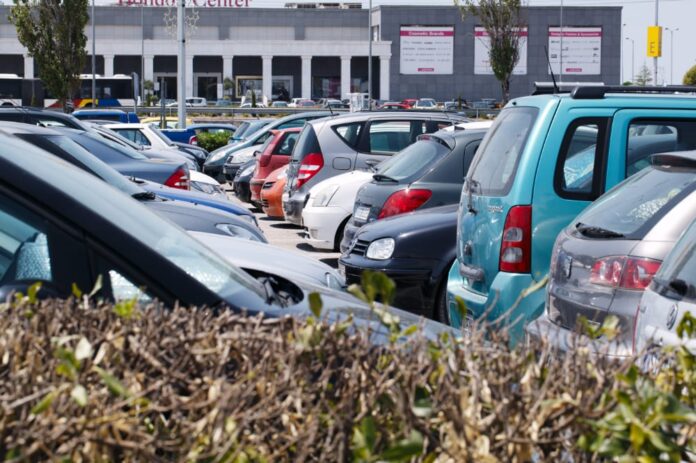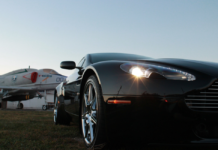License plate recognition is one of the important components of modern intelligent transportation systems, and it is widely used. Based on digital image processing, pattern recognition, computer vision and other technologies, it analyzes the vehicle image or video sequence captured by the camera, and obtains the unique license plate number of each car, thereby completing the recognition process.
At present, license plate recognition technology has been widely used in parking management, weighing system, static traffic vehicle management, highway overrunning, highway inspection, vehicle scheduling, vehicle detection and other occasions. The realization of traffic automation management has practical significance.
With the gradual subdivision of the application scenarios of license plate recognition technology, major landing scenarios such as smart parking lots, smart car clothing, smart construction sites, and smart gas stations have their own specific needs for license plate recognition technology, and smart license plate recognition cameras are also developing. to adapt to market changes. License plate recognition technology is developed with the maturity of artificial intelligence technology and is a branch independent from OCR recognition. In many application scenarios, license plate recognition will be used with Swing Barriers.
It was commercialized in the late 1990s due to the needs of traffic management, but limited by the ability of the algorithm itself, the imaging level of the camera is low and the effect is not good, so only a small number of applications have been achieved. The early license plate recognition technology has two main characteristics: one is based on traditional algorithms, and the other is based on soft algorithms on the PC side, and the application is limited by both.
After 2006, with the rise and maturity of machine learning, especially deep learning and front-end embedded algorithm deployment technology, as well as the substantial increase in chip computing power, the chip cost has been greatly reduced, and the mainstream form of products has changed from soft recognition to soft recognition. With the integrated camera for license plate recognition, the technology and application of license plate recognition have made great progress, especially in the past five years, license plate recognition has entered the era of comprehensive commercial use.
From 2006 to 2014, license plate recognition was mainly used in dynamic traffic, including electronic police, highway checkpoints and highways. After 2014, it also ushered in a big explosion in static traffic, including parking lots, on-street parking and other scenarios. .
In 2018, the scene of the license plate recognition technology has been continuously subdivided, and complex scenes such as smart construction sites, smart gas stations, and unattended weighbridges have appeared. These scenes not only require higher performance of the license plate recognition machine, but also have a unique personality. Functional requirements, it is foreseeable that the license plate recognition integrated machine dedicated to the scene will become the development trend of license plate recognition technology in the future.
The current license plate recognition technology mainly has four characteristics: first, the front-end embedded integration; second, the algorithm is basically based on the deep learning architecture; third, the front-end equipment integrates many functions that originally required supporting equipment in addition to the algorithm Fourth, most of them use HiSilicon chips.
Although license plate recognition technology has made rapid progress in recent years, it has not yet reached the level of universalization. To make the license plate recognition all-in-one machine play the biggest role, it is better to use dedicated license plate recognition cameras for products in various application scenarios. For example, it is obviously not suitable for the highway to be placed in the parking lot, and the parking lot is also unsatisfactory in scenes such as gas stations and construction sites.
Nowadays, the application of license plate recognition technology has begun to move from the traffic field to the non-traffic field, such as 4S shops, auto repair shops, auto beauty shops, gas stations, weighbridges, charging piles, construction sites and other fields. The recognition characteristics of these complex scenes, The application functions that need to be integrated are very different from traffic scenarios, so many existing license plate recognition products suitable for dynamic traffic or static traffic have many pain points in these more subdivided and complex scenarios.
It is against this background that Chengdu Ruitong Technology launched its visual AI brand, Shenjing, which focuses on license plate recognition technology in non-traffic fields. The scene has launched a license plate recognition all-in-one machine dedicated to each complex scene, and designed many features with bright spots, such as the explosion-proof license plate recognition all-in-one machine for smart gas stations.
It is foreseeable that in the future, more and more sub-scenarios will have to use scene-specific intelligent license plate recognition all-in-one machines, so that license plate recognition technology can bring more development directions to the industrial revolution, help enterprises achieve big data management, and complete the industry. Reform and progress.

































